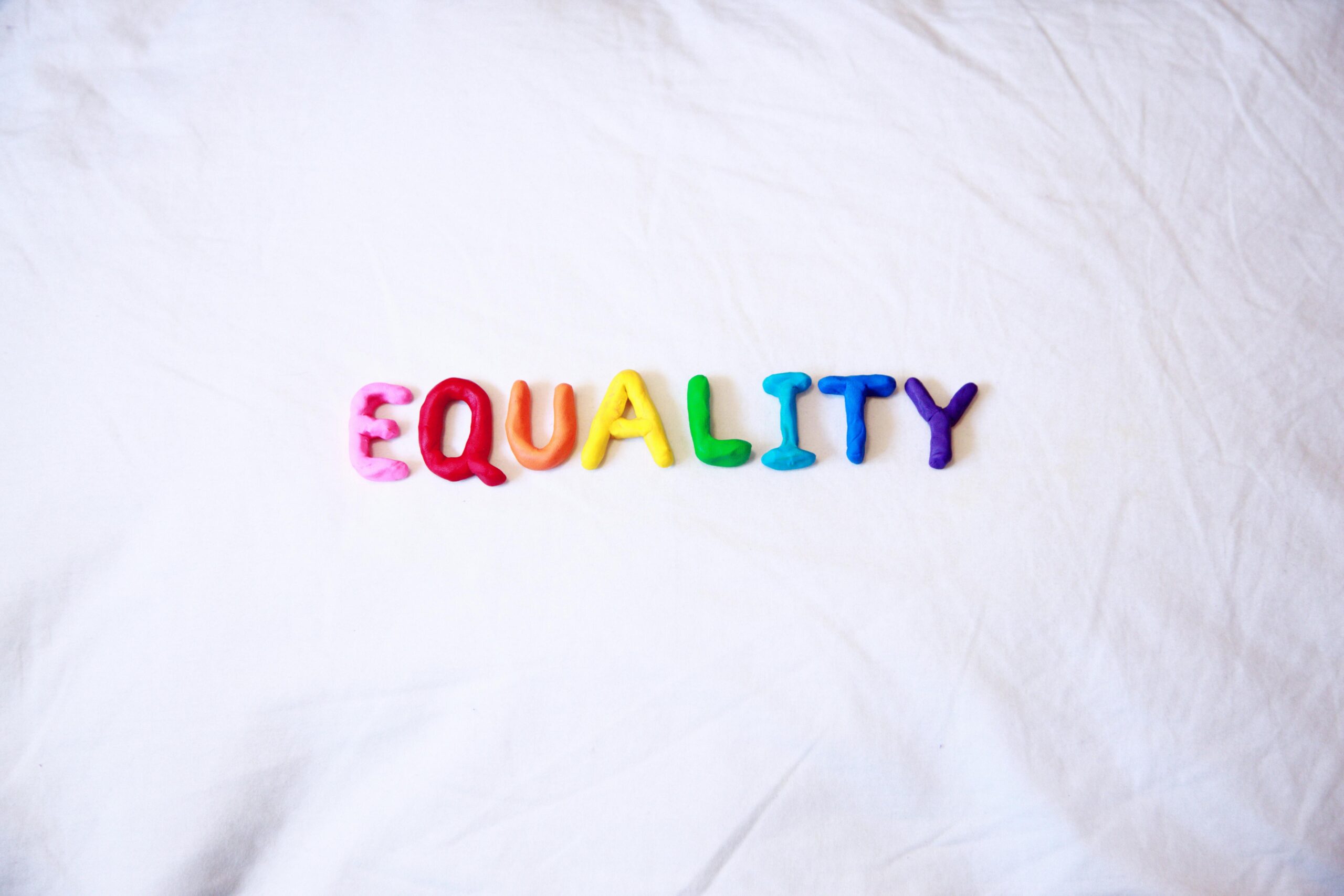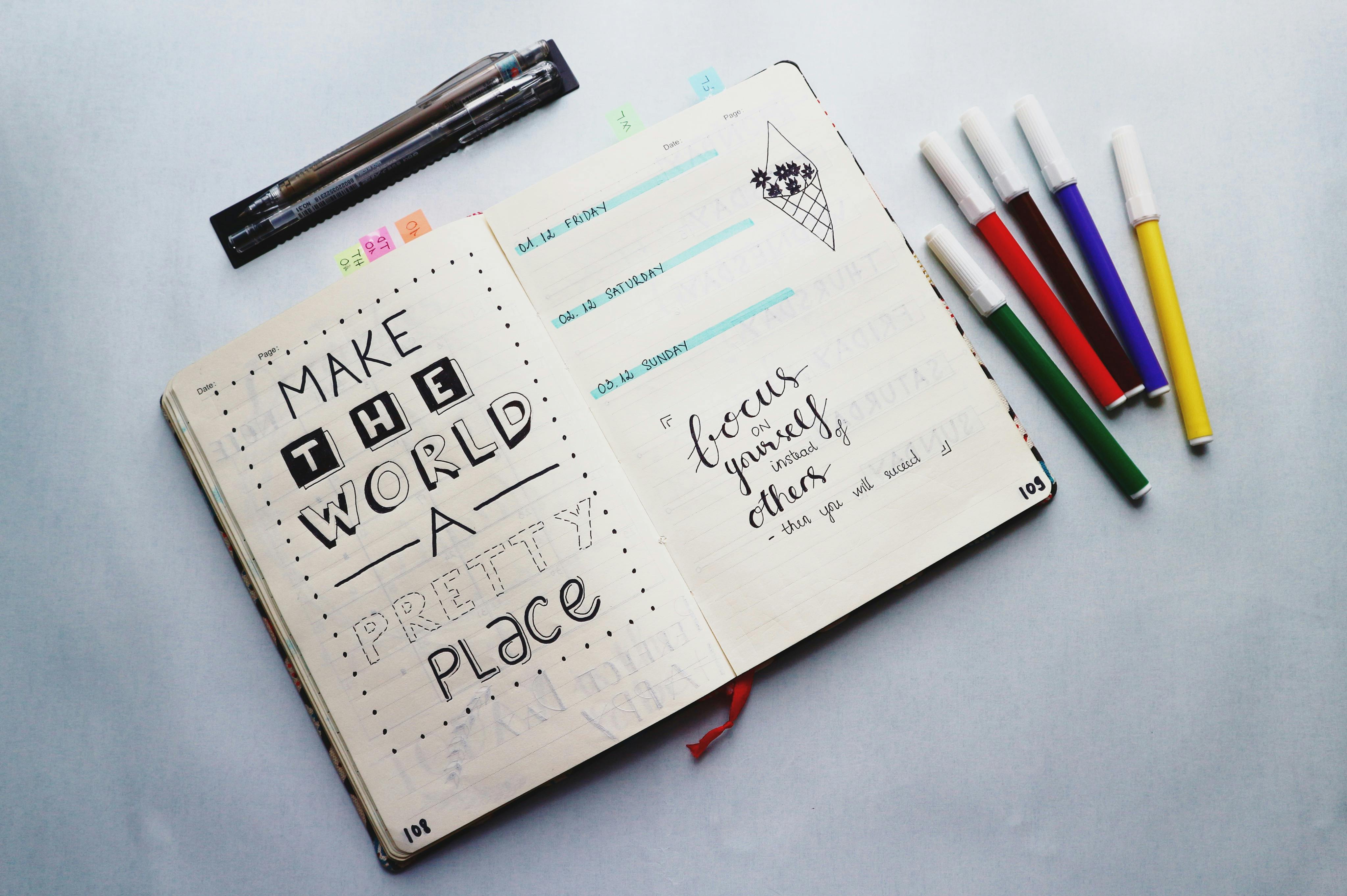Pride flags are more than just vibrant pieces of fabric; they are powerful symbols representing the diversity, struggles, and triumphs of the LGBTQ+ community. Each flag has its own unique story and significance, reflecting the wide spectrum of identities within the community. In this article, we’ll explore various LGBTQ+ Pride flags, shedding light on their meanings and histories.
History Of The LGBTQ+ Pride Flag
The history of the Pride flag is a vibrant tale of resilience, unity, and the ongoing fight for equality within the LGBTQ+ community. The first Pride flag was created by artist and activist Gilbert Baker in 1978, at the request of Harvey Milk, one of the first openly gay elected officials in the United States. Baker’s original design featured eight colours, each symbolizing a different aspect of the LGBTQ+ experience: pink for sex, red for life, orange for healing, yellow for sunlight, green for nature, turquoise for magic, blue for serenity, and violet for spirit. This rainbow flag quickly became a symbol of hope and solidarity, representing the diverse identities and experiences within the LGBTQ+ community.
Over the years, the Pride flag has evolved to reflect the growing inclusivity and diversity of the LGBTQ+ movement. For example, in 2017, the city of Philadelphia introduced a version with black and brown stripes to recognize the experiences of LGBTQ+ people of color. More recently, the Progress Pride flag, designed by Daniel Quasar in 2018, incorporates additional stripes to include the transgender community and those marginalised within the broader LGBTQ+ movement. These adaptations highlight the ongoing commitment to visibility and inclusion, ensuring that the Pride flag continues to be a powerful symbol of unity and celebration for all.
Build Your Bridge to Inner Peace with Pinoy Therapy. Connect Today!

What the different colours of the Pride Flag Mean
The rainbow, with its stunning array of colours, serves as a symbol of diversity and inclusivity, representing a spectrum of meanings across cultures and contexts. Each colour holds significance, blending together to form a harmonious whole. In the context of LGBTQ+ pride, the rainbow flag is a powerful emblem, with each of its six colours bearing a distinct meaning:
Red
symbolizes life, representing the vitality and passion within the LGBTQ+ community. It is a colour of action and energy, reflecting the ongoing fight for equality and acceptance. Red is a bold statement, reminding us of the courage and resilience of those who have paved the way for progress.
Orange
is a colour of healing, signifying the journey of self-discovery and acceptance. It represents the warmth and compassion that are essential in supporting individuals as they embrace their true selves. Orange encourages us to nurture and uplift each other, creating a supportive and inclusive environment.
Yellow
embodies sunlight, symbolising positivity and hope. It is a colour of joy and optimism, reminding us to embrace the brightness of life. Yellow encourages us to celebrate diversity and find strength in our differences, shining a light on the beauty of individuality.
Green
represents nature, symbolising growth and harmony. It reflects the ever-evolving landscape of identity and expression. Green reminds us of the importance of environmental stewardship and the interconnectedness of all living beings.
Blue
signifies serenity, representing peace and tranquility. It is a colour of calmness and reflection, encouraging us to find balance and acceptance within ourselves. Blue reminds us to be kind to ourselves and others, fostering a sense of inner peace and harmony.
Purple
embodies spirit, symbolising the diverse and vibrant nature of the LGBTQ+ community. It is a colour of creativity and individuality, encouraging us to embrace our uniqueness. Purple celebrates the spirit of community and solidarity, inspiring us to stand together with pride and dignity.

What Do The New Colours Mean?
The new pride flag, introduced in recent years, has expanded beyond the traditional six-colour rainbow to incorporate additional stripes, each carrying its own significance. While the classic rainbow flag remains an enduring symbol of LGBTQ+ pride, the new design aims to be more inclusive and representative of the diverse experiences within the community. Here’s a breakdown of the colours and their meanings in the new pride flag:
Black and Brown
These stripes represent marginalized communities within the LGBTQ+ spectrum, particularly people of colour who have historically faced discrimination and exclusion even within queer spaces. The inclusion of black and brown stripes acknowledges the intersectionality of race and sexuality, highlighting the need for solidarity and support among all members of the community.
Light Blue, Pink, and White
These stripes symbolise transgender and non-binary individuals, emphasising visibility and recognition for gender diversity. Light blue and pink are colours traditionally associated with baby boys and girls, respectively, but here they represent the transgender community’s journey towards self-discovery and acceptance. The white stripe serves as a symbol of inclusivity, representing those who may identify outside the gender binary or whose experiences are often overlooked.
Pink, Purple, and Blue
These colours, often referred to as the “bisexual pride” colours, represent attraction to more than one gender. Pink symbolizes attraction to the same gender, blue to the opposite gender, and purple represents the overlap and fluidity between these attractions. This addition to the pride flag aims to increase visibility and support for bisexual individuals, combating stereotypes and stigma within and outside the LGBTQ+ community.
Navigate Toward a New Horizon with Pinoy Therapy. Embark with Us!
Why Do We Have Pride Month in June?
Pride Month, celebrated annually in June, commemorates the Stonewall riots of June 1969, a pivotal moment in LGBTQ+ history. These riots, sparked by a police raid at the Stonewall Inn in New York City, led to protests and demonstrations that marked a turning point in the fight for LGBTQ+ rights, sparking a global movement toward equality and acceptance.
June was chosen to honour the riots as a symbol of LGBTQ+ resilience and liberation, led by transgender women of colour like Marsha P. Johnson and Sylvia Rivera, highlighting the intersectionality of the LGBTQ+ community and the ongoing struggle for equality. Pride Month serves as a reminder of progress made and a call to action to continue working toward full equality and inclusivity for all.
Conclusion
Pride flags are much more than colourful symbols; they are declarations of identity, unity, and resistance against discrimination. Each flag tells a story, reflecting the rich tapestry of the LGBTQ+ community. By understanding and celebrating these flags, we honour the diverse identities and experiences within the community, promoting a world where everyone can fly their flag with pride.
Find Strength in Support. Pinoy Therapy – Your Worldwide Wellness Partner.








